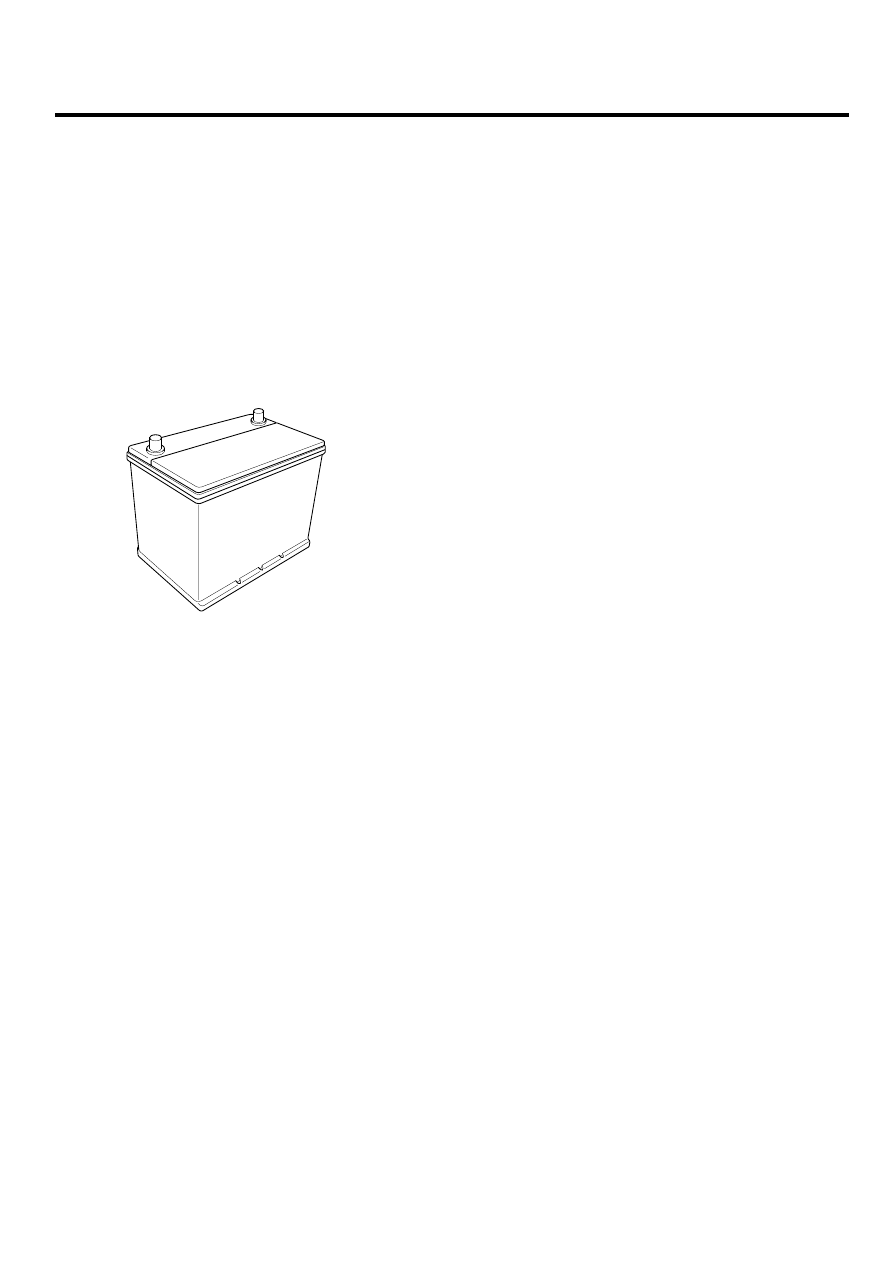Hyundai Santa Fe (2006 year). Manual - part 296

CHARGING SYSTEM
EEA -25
BATTERY
DESCRIPTION
EDA1FE6F
1.
The maintenance-free battery is, as the name implies,
totally maintenance free and has no removable bat-
tery cell caps.
2.
Water never needs to be added to the maintenance-
free battery.
3.
The battery is completely sealed, except for small vent
holes in the cover.
EBJD008A